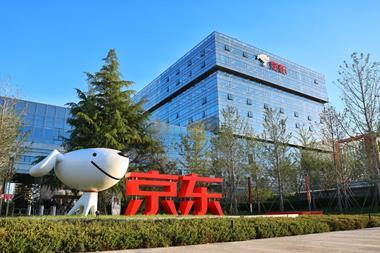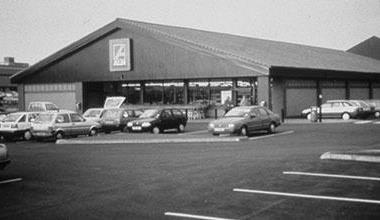It’s not like there weren’t suspicions. Sainsbury’s growing embrace of Freedom Food had alerted producers to the possibility that the Red Tractor could at some point disappear from its pork and poultry. But to ditch the logo for meat, dairy and fresh produce as well? That was a shock.
The logo won’t disappear overnight - Sainsbury’s will be phasing it out from packs as it implements the new EU food information regulations, and says the process could take up to two years. But its announcement has prompted feverish speculation about the future of the Red Tractor.
At heart, the Red Tractor logo is about creating consistency across different retailers, giving consumers confidence food has been produced to certain standards - and is British - regardless of where they buy. An admirable ambition, but there is an undeniable tension in striving for consistency in a super-competitive retail environment desperate for differentiation.
Sainsbury’s cites consumer confusion over labels as a key motivation, but many suspect the move has more to do with its ambitions for its own brand. “They’re trying to position the Sainsbury’s brand as representative of high sourcing standards, and they don’t think they need the Red Tractor for that,” claims one source.
Sainsbury’s is not ditching the scheme altogether, however - it will continue to use the business-to-business side of the scheme, using it as “the foundation for our due diligence”.
This will be of some consolation to producers - indeed, NFU corporate affairs director Tom Hind stresses dialogue with Sainsbury’s has been “constructive” - but the fact one of the big four can’t see enough value in the consumer-facing side to keep it on packs must set off alarm bells. So can the team behind the scheme dissuade other retailers from following Sainsbury’s lead?
The idea of introducing tiering - perhaps in the form of ‘Red Tractor Plus’, to denote where retailers exceed the core standards - has been mooted ever since the Red Tractor scheme’s inception in 1999, and many will argue a fresh debate on the matter is now needed. “We are already in dialogue with all our stakeholders - including the major retailers - and all options are open,” says Red Tractor CEO David Clarke.
Alternatively, the scheme could opt to change the core standards themselves. This could help assuage critics who claim it does not go far enough in exceeding what is required by UK law, but would raise fears among British producers about their ability to complete with cheaper European imports.
Some have also been quick to complain the scheme lacks consumer marketing support. Clarke stresses spend has, in fact, been substantial, with about £4m spent in the past two years, but - in light of Sainsbury’s move and a bruising ASA ruling against a Red Tractor pork ad this year - he admits: “There are lessons to be learnt, and we will focus our efforts to ensure the Red Tractor maintains its relevance to consumers.”
Regardless of whether future-proofing Red Tractor will ultimately lie in tiering, higher standards, better marketing or a combination of all three, the supply chain would do well to commit to finding a solution that works for everyone.
Sign in to comment on this article
Not logged in before? Register for FREE guest access today.
You will be able to:
- Read more stories
- Receive daily newsletters
- Comment on stories
Advert



















No comments yet